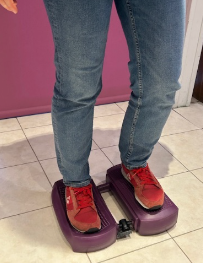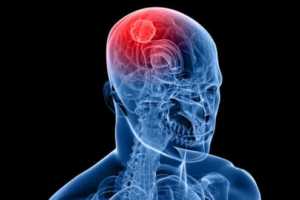Human Balance: How Do We Stay Upright?
Balance is something most of us take for granted. Every day, from walking to climbing stairs,
to reaching for something on a high shelf, we rely on our body’s ability to stay upright and
coordinate movement. But what is ‘balance’? And what happens when this system is
compromised? Let’s explore the science behind human balance and explore how our body
maintains stability when it is challenged…
What Is Balance?
Balance is the body’s ability to maintain a stable position, its ability to maintain its centre of
gravity over its base of support. It involves a delicate interplay between several sensorimotor
systems, most notably the vestibular system, proprioception, and visual input. All three of
these systems send information to the brain, where it is processed and integrated to help the
brain understand where the body is in space and how to respond to a whole variety of
activities and environmental challenges.
The Key Systems Involved in Balance
1. The Vestibular System
The vestibular system, located in the inner ear, is perhaps the most critical component of
balance. It functions to detect the position and movement of our head in space. This allows
for coordination of eye movements, posture and equilibrium.
This system consists of the semicircular canals and otolith organs, which detect rotational
movements and linear accelerations, respectively. When we move our head, endolymphatic
fluid within the semicircular canal exerts pressure on a structure called the cupula, which
contains sensory receptors that send specific information to the brain about that movement.
2. Proprioception
Proprioception refers to the body's ability to sense its position and movement in space, even
without looking. Specialized sensory receptors in muscles, tendons, and joints send
information to the brain about the angle and movement of different parts of the body. This
system helps us gauge whether we're standing upright or tilting to one side, and information
about the texture of the ground. This information about stretch and pressure in our joints and
tissues plays a key role in adjusting our posture.
3. Visual Input
Vision is another crucial factor in balance. Our eyes provide constant information about our
surroundings, helping us negotiate obstacles, adjust our posture in relation to the ground,
and navigate through space. When vision is impaired, such as in low-light environments, our
balance becomes more reliant on the vestibular system and joint position sense.
How These Systems Work Together
The brain, in particular a part of the brain called the cerebellum, is constantly integrating
information from the vestibular system, proprioceptors, and visual cues to coordinate
movement and keep you stable, adjusting posture, gait and muscle activity as needed. This
complex integration allows us to adjust to changing conditions, such as balancing on one
foot, walking on a rocky trail, or making quick movements without losing balance.
Maintaining Balance: The Role of Reflexes
Balance is not just about the brain processing information; it’s also about rapid, automatic
responses that keep us upright. When we start to lose our balance, reflexive adjustments
take place almost instantaneously. For example, when we are walking outdoors and our
head is moving, we are still able to see our surroundings clearly. The vestibulo-ocular reflex
(VOR) enables our gaze to be stabilized to maintain clear vision. The VOR helps us to fix our
gaze on an object when we move our head from side to side, so our eyeballs don’t move
along with the head but move to the opposite side. Other reflexes allow is to stabilise our
neck muscles, and to maintain postural stability using compensatory body movements to
prevent falls.
What Happens When Balance is Compromised?
The body’s balance systems are highly refined and resilient, but when they are disrupted this
can lead to balance problems or feelings of dizziness and unsteadiness. Below are some
common causes of balance issues which we regularly assess and treat at Birkdale;
– Vestibular (inner ear) disorders
– Age-related decline
– Neurological disorders that impair communication between the balance systems and
the brain e.g. Parkinson’s Disease, Multiple Sclerosis, Stroke
Conclusion: Balance Is More Than Just Standing Still
Balance is a complex, multi-faceted process that involves the harmonious interaction of
several systems in the body. By working together, the vestibular, visual and somatosensory
systems help us navigate the world with stability and coordination. Understanding how these
systems function and how they can be disrupted allows us to prescribe specific exercises
and lifestyle changes in order to maintain balance for our everyday functioning and quality of
life.






